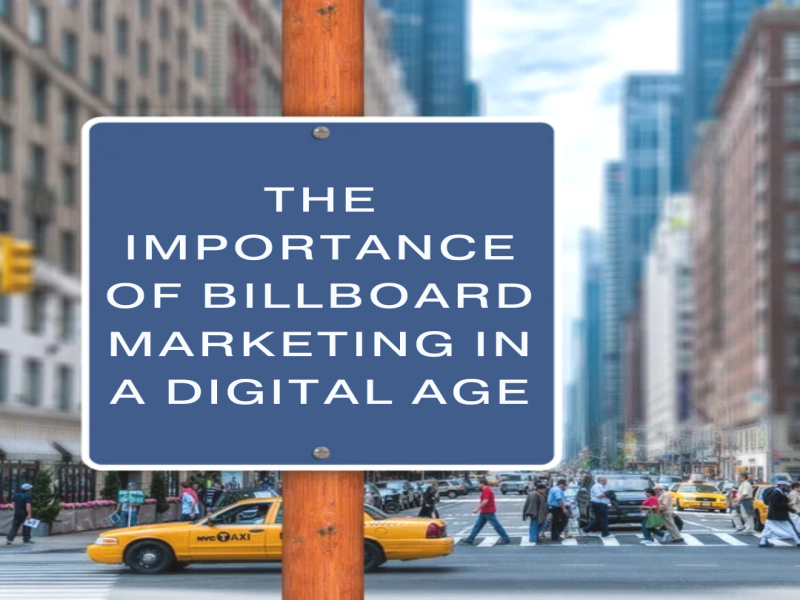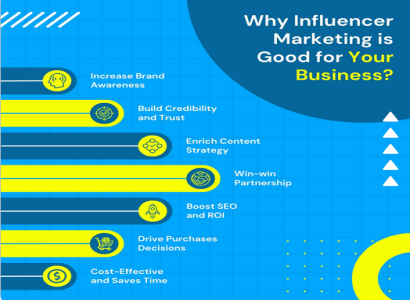The Importance of Billboard Marketing in a Digital Age

In today's rapidly evolving digital landscape, where brands are increasingly turning to online platforms for advertising, it's easy to overlook traditional methods like billboard marketing. However, the significance of billboards as a powerful marketing tool remains undiminished. Despite the rise of social media, search engine optimization, and digital ads, billboard marketing continues to be a vital component of a comprehensive advertising strategy. Here’s why:
High Visibility and Wide Reach: One of the most significant advantages of billboard marketing is its ability to capture a broad audience. Billboards are strategically placed in high-traffic areas such as highways, busy streets, and popular destinations, where thousands of people pass by daily. Unlike digital ads that can be skipped or ignored, billboards are unavoidable. This constant exposure ensures that the message reaches a large and diverse audience, making it an excellent tool for brand awareness.
Complementary to Digital Campaigns: While digital marketing offers precise targeting and analytics, billboards provide a tangible presence that complements online efforts. When consumers see a brand repeatedly on billboards and then encounter the same brand online, it reinforces brand recognition and trust. This multi-channel approach ensures that the brand stays top-of-mind, creating a cohesive and powerful marketing campaign.
Creativity and Impact: Billboards offer a large canvas for creativity, allowing advertisers to make bold and memorable statements. The physical size of billboards alone can make a significant impact, especially when combined with eye-catching designs and compelling messages. Some of the most iconic advertising campaigns in history have been brought to life through billboards, demonstrating the medium's potential for creativity and innovation.
Long-Term Exposure: Unlike digital ads that may only appear for a brief moment, billboards typically remain in place for weeks or even months. This long-term exposure helps reinforce the brand message over time. Repetition is a key element of successful advertising, and billboards excel in providing consistent visibility without the interruptions or competition found online.
Cost-Effective: While the initial cost of billboard advertising may seem high, it often proves to be cost-effective when considering the number of impressions generated. Billboards offer continuous exposure without the need for ongoing payments, making them a wise investment, especially in high-traffic areas. The cost per impression can be significantly lower than that of digital ads, offering value for money, especially for campaigns aimed at building brand recognition.
Targeting Specific Demographics: Billboards can be strategically placed to target specific demographics. For example, an ad for a luxury car might be placed in affluent neighborhoods, or a billboard for a tech product might be positioned near a university. This geographic targeting helps brands reach their ideal audience effectively.
Billboard marketing remains a powerful tool in an advertiser's arsenal, offering unique benefits that digital marketing alone cannot provide. Its ability to reach a wide audience, reinforce brand messaging, and deliver creative impact makes it an indispensable component of any well-rounded marketing strategy. In a world where consumers are bombarded with digital ads, the tangible and unavoidable presence of a well-placed billboard can make all the difference in capturing attention and driving brand success.
By integrating billboard marketing with digital campaigns, businesses can create a holistic and effective approach that maximizes reach, impact, and return on investment.


